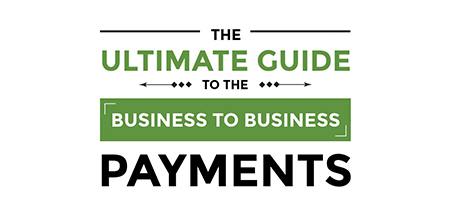Looking at the history of credit card payments reveals the ongoing evolution in technology and impact that various changes in society have done to further change how businesses conduct transactions. In this infographic on B2B payments, you will be able to trace the history from paper money to virtual cash. What’s interesting is the idea that there were visionaries as early as 1887 that imagined that payments would become digital and move away from paper money. Especially when seeing the large expanse of time from the 1940s until 2014. This is when credit cards still only made up ten percent of B2B payments.
Table of Contents
ToggleHistory of the Credit Card Payments Industry for Businesses
The B2B guide also illustrates the emergence of other virtual forms of payment, such as the development of ACH and eChecks, which took hold within the B2B environment at a much faster rate than the adoption of credit cards for business transactions.
From that point forward, the guide illustrates the emergence of various technological developments that have further propelled the migration to virtual payment solutions, including PayPal’s e-invoicing systems and SaaS platforms that enable further payment options.
History of Money Transfer
The infographic also provides an extensive explanation of the five main B2B payment types. This includes checks, ACH transfers, credit cards, electronic funds transfer, and online payment platforms. It also goes through the advantages and disadvantages of using each for business transactions. All the B2B payment types have their benefits and issues. Illustrating that some B2B payment types work better for certain kinds of business models.
How to Protect Your Business
The last section explains how a business can protect itself from the common types of fraud. This is illustrated with each type of B2B payments. Numerous tips from the FBI are also included to help you, as a business owner, recognize the signs of scams and possible fraud can be within the world of digital payments. Despite the increasing security measures and tools now available for online and mobile payments, the virtual payments environment can still make a business vulnerable.
Vulnerabilities
Despite the ongoing vulnerabilities, the guide to B2B payments is intended to show businesses the overall benefits. These same benefits come from migrating from paper-based transactions to virtual payments. They offer access to more customers through more payment options. They have a lower cost per transaction. A greater efficiencies and increased cash flow that a business needs to thrive and grow.











